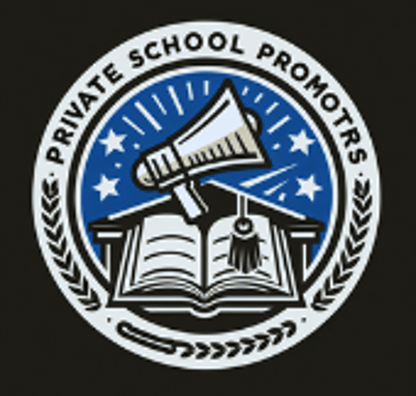Making Private School Affordable: Strategies for Quality Education
3/18/20252 min read


Understanding the Financial Challenge of Private School
Private schools offer excellent educational opportunities, but they often come with a hefty price tag. Many families desire to provide their children with high-quality education without compromising their financial stability. The growing concern about the affordability of private schooling has prompted many institutions to explore innovative strategies to lower costs while maintaining high educational standards.
Implementing Scholarship Programs
One effective way to reduce the financial burden of private education is by establishing scholarship programs. Schools can develop partnerships with local businesses or community organizations to fund scholarships. This initiative not only helps current students but also attracts potential families looking for ways to make their child’s education more affordable. Additionally, by leveraging the generosity of alumni, schools can create endowment funds that ensure the longevity of these financial aid programs.
Exploring Alternative Payment Options
Introducing flexible payment plans can make private schooling more accessible for families. Offering monthly payment options instead of a lump-sum tuition fee allows parents to better manage their budgets. Schools can also consider implementing sliding scale tuition based on family income. This strategy expresses a commitment to inclusivity, ensuring that quality education is not exclusively reserved for the affluent, thus fostering a diverse student body.
Maximizing Value Through Community and Parental Involvement
To enhance affordability, schools should engage parents and the community in fundraising activities and volunteer opportunities. By creating a culture of community support, schools can reduce operational costs through volunteer-driven initiatives, such as facility maintenance or event planning. Parental involvement can also extend to classroom support, further relieving financial strains while enriching the educational experience. Schools can encourage parents to contribute to their child's learning environment, making education a collective priority.
Leveraging Technology to Reduce Costs
Innovative technology can significantly lower expenses associated with traditional learning. By integrating digital resources into the curriculum, private schools can decrease the costs of textbooks and other materials. Additionally, implementing online learning platforms for certain courses can reduce staffing needs while providing students with flexible learning options. Embracing technology not only aids in cost management but enhances the educational experience by fostering a more interactive and engaging learning environment.
Conclusion
Making private school more affordable does not have to come at the expense of quality education. Schools that explore scholarships, alternative payment options, community engagement, and technology can successfully create accessible educational opportunities without diluting their standards. As families seek balance in their educational choices, it is essential for private schools to innovate continually and consider diverse strategies that promote affordability while upholding the values of excellence in education.
